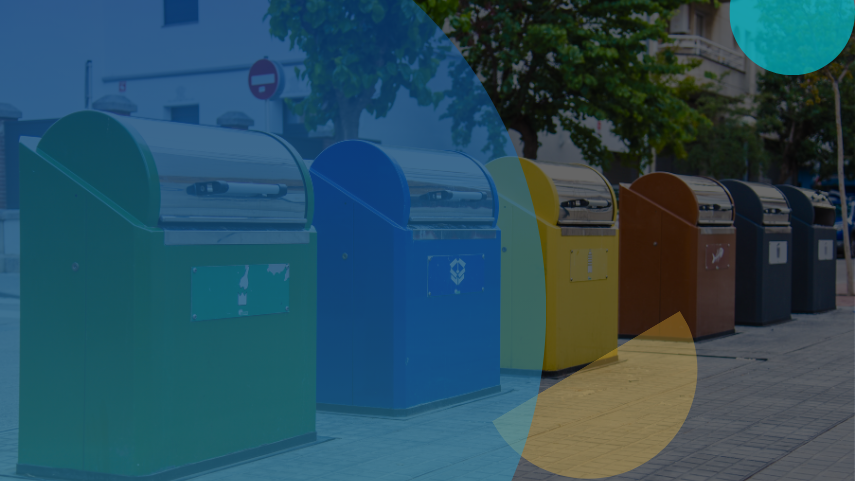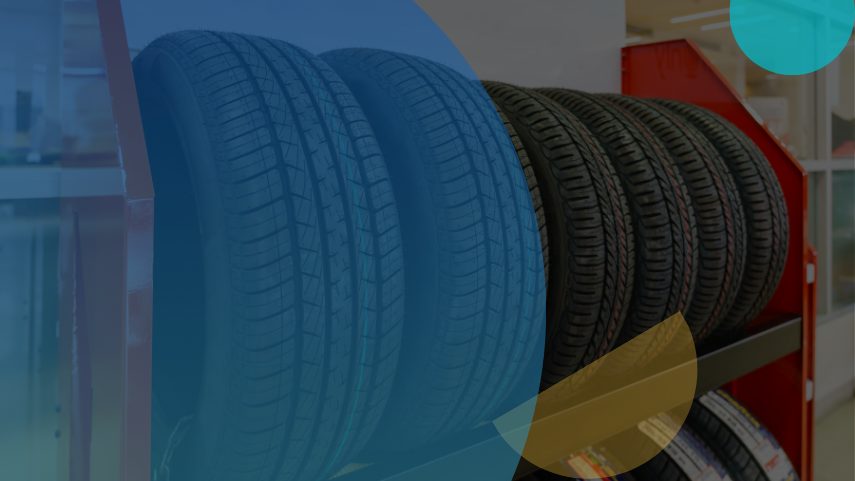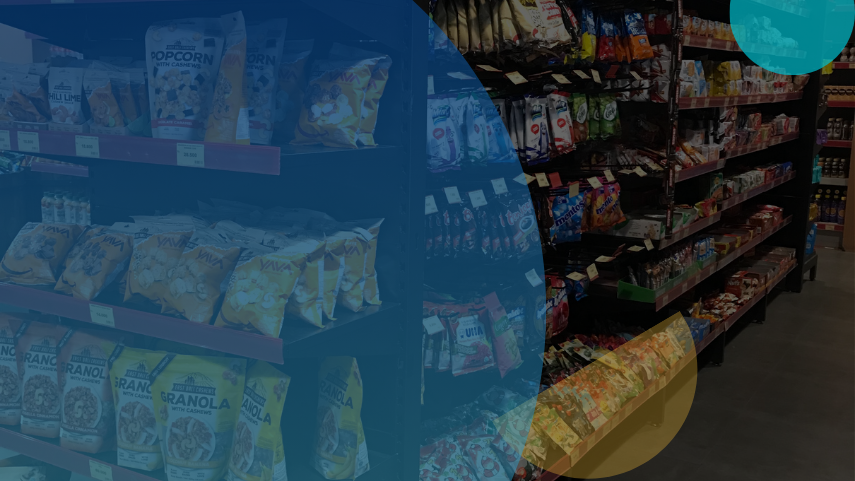
Overcoming The Challenges of Cost and Efficiency of Traditional Recycling Methods
The management of a manufacturing company was tasked with identifying innovative recycling technologies to tackle the environmental challenges posed by commonly used polymers in packaging, textiles, construction, automotive, and other industrial applications. These polymers are non-biodegradable and difficult to recycle, leading to their accumulation in landfills and contributing to environmental pollution.
With traditional recycling methods proving increasingly ineffective, the company aimed to explore innovative solutions that could revolutionize waste management and reduce environmental impact. They sought to identify disruptive technologies, key market trends, and regulatory factors that could influence the scalability and adoption of these recycling innovations.
Identifying and Evaluating Feasible Recycling Technologies for Industrial PET Recycling
Management gained valuable insights into key recycling technologies, including ammonolysis, which industries widely use for PET recycling due to its mild reaction conditions, low volatility of reagents, and high yield. Additionally, they were provided with a comprehensive assessment of cutting-edge recycling technologies, evaluating their feasibility for practical implementation based on critical factors such as yield, temperature, pressure, reaction time, and readiness level. A comparative analysis between the actual technology performance and perceived potential was also provided, helping the management determine the most viable solutions for their needs.
Key Findings from the Analysis
The in-depth analysis offered a detailed understanding of the various recycling technologies trending in the market, highlighting a range of crucial solutions:
Ammonolysis of PET for Recycling
Industries widely use ammonolysis of PET as a recycling method because it operates under mild conditions, uses non-volatile reagents, and delivers a high yield. In this process, PET reacts with glycol and a trans-esterification catalyst, producing Bis(hydroxyethyl)terephthalate (BHET) and low molecular weight oligomers.
This process presents a sustainable option for the company to reduce waste and meet environmental regulations, as it remains non-toxic and generates no harmful byproducts, thereby aligning with the sustainability goals.
Influence of Organizations in Recycling Domain
Various entities, including non-profits, trade associations, and media outlets, influence the market by advocating for their perspectives on environmental reports. Additionally, governments, standard bodies, and legislators play crucial regulatory roles. Engaging with these entities can help the management enhance credibility, foster partnerships, and navigate regulatory landscapes effectively.
Research Process- How did GreyB Help?
Technology Identification and Evaluation
Recycling technologies across various polymer types were identified by conducting thorough research using diverse sources, including prominent databases like PlasticsEurope and World Plastics Council, research articles, industry blogs, and more. This extensive research highlighted the major players in the recycling domain and covered both the actual performance of technologies and the perceptions surrounding them.
Evaluation and Analysis
We assessed the identified recycling technologies based on three critical parameters –
- Recycling Capability: This included evaluating the input materials, output quality, and overall yield.
- Reaction Conditions: Factors like temperature, pressure, and reaction time were analyzed to determine the feasibility of each technology.
- Ease of Adoption: This assessment considered the Technology Readiness Level (TRL), the activity of other players in the field, and environmental factors such as CO2 emissions.
Structured Framework and Recommendations
We organized the gathered data into a structured framework, categorizing the technologies based on their impact and feasibility. The recommendations were classified into three tiers:
- Tier 1: Technologies ready for immediate implementation.
- Tier 2: Technologies to monitor for future development.
- Tier 3: Technologies with less potential that may be deprioritized.
Through this analysis, the management was able to identify the most promising recycling solutions and develop strategies for integrating them into their waste management practices.
Recycling technologies today face numerous challenges, from high processing costs to limitations in handling complex materials. These obstacles can hinder the effectiveness of waste management efforts and slow down sustainability goals.
Identifying and adopting the most innovative and efficient recycling solutions is crucial to overcoming these barriers. Whether it’s exploring advanced technologies like Ammonolysis or finding scalable, cost-effective methods to improve your recycling processes, GreyB can help.
If you’re ready to enhance your waste management practices and implement cutting-edge recycling solutions, fill out the form below to schedule a consultation with our experts today.






